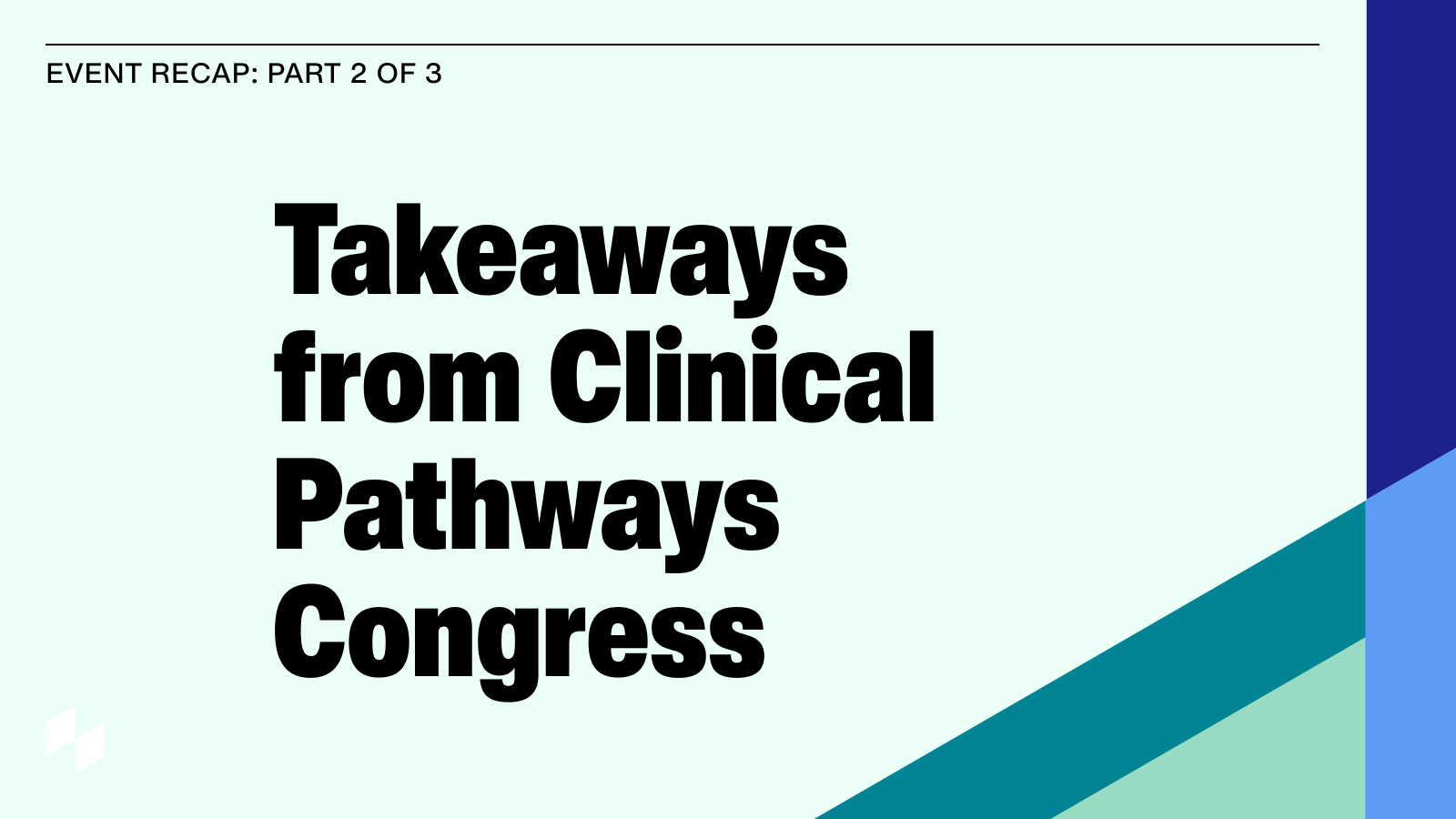On Friday, February 9th, the Bipartisan Budget Act of 2018 was passed by the Senate and House of Representatives, and signed by the President. With over 600 pages of provisions, the legislation presented a plethora of content to sift through and synthesize. However, half a page tucked away at the end of the act -- spanning the bottom of page 596 and the top of 597, to be exact -- presented arguably the two most impactful changes to the community oncology industry over the past year. That's right - it wasn't the dismantling of the Affordable Care Act or the implementation of the estimated $1.6B in cuts to 340B drug payments , but rather a budget bill that facilitated major change in the form of amendments to the Medicare Access and CHIP Reauthorization Act of 2015 (MACRA):
-
Medicare Part B drug charges will no longer be included in the Merit-based Incentive Payment System (MIPS) payment adjustment.
-
The Cost category can retain a 10 percent weight in the final MIPS score through 2021.
No Part B drug inclusion means much lower MIPS risk (and reward) for oncology practices
The news of removing Medicare Part B drug charges from the MIPS payment adjustment isn't shocking; ASCO has been advocating for this change and is very supportive of the amendment. With this change, a MIPS-eligible clinician's payment adjustment will now be based only on "covered professional services" (E&M codes), harking back to the similar model of Meaningful Use payment adjustments of years passed. Tactically, rather than having a potential payment swing of +/- $175,000 (seven percent of "items and services"), an oncologist will likely have a payment adjustment of +/- $30,000* (seven percent of "covered professional services" for performance in the 2019 performance period).
*Based on ASCO's adjusted average of a HemOnc's yearly FTE E&M revenue here
A 10% Cost retention lifts the pressure of unfamiliar category measurement and scoring
Cost is a new performance category of MIPS that began in the 2018 performance year. Rather than increasing the weight of the Cost category to 30 percent in the 2019 performance period as published in the 2017 MACRA final rule, there is flexibility for the weight to remain at 10 percent through 2021, easing the pressure on providers to measurably reduce the cost of care.
So what do these changes mean for community oncology?
The sharp decrease in potential payment adjustments and the smaller weight for the Cost category will likely lower the incentive for providers to invest in and optimize MIPS performance.
Without hundreds of thousands of dollars at stake and a de-emphasis on running cost of care analytics, MIPS performance is a less compelling investment area for practice resources. These changes could result in clinicians taking longer to enter Alternative Payment Models (APM), not wanting to leave the comfort of the safe space to develop long-term value-based care program strategies. With the recent emphasis of outcome measures over process measures and introduction of Cost as an official performance category , MIPS has the potential to emphasize quality improvement and more affordable costs of care.
So what do these changes mean for my practice?
For a community oncology practice, these changes represent a drastic shift in the cost/benefit for MIPS-eligible clinicians. With the rules changing midway through the game, here are a few considerations that practices can take into account:
-
Revisit (and redefine, if necessary) your practice goals for MIPS: with a lower potential risk (and reward) in the program, individual MIPS-eligible clinicians and practices should be weighing the opportunity cost of MIPS investment and whether they should focus on neutral, slightly positive or maximum payment adjustment. That being said, there is still no reason that anyone should earn fewer points than the MIPS performance threshold; avoiding negative adjustment is table stakes.
-
Begin to formulate a plan for transitioning to value-based care: though the MIPS program requirements have made it easier to remain in the MIPS general track for the foreseeable future, early discussions and assessments of value-based care transition opportunities are vital. Moving to a MIPS APM or an Advanced APM requires resources, so practices need to invest in both technology and service partners in order to set themselves up for a successful shift.
-
Remain agile: it is inevitable that additional amendments to MACRA will come in the future. Keeping a pulse on these changes through trusted advisors (whether it be through technology, services or industry partners) will help you customize and gauge your level of investment to ensure the best outcome for your practice.



